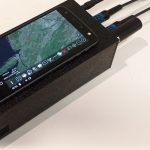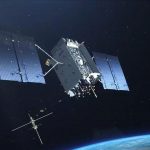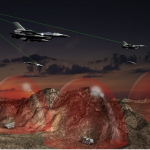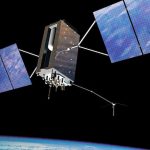Three different low-cost sensor integrations, covering vehicle navigation in a range of environments, will be covered in a February 12 webinar, “Automotive-Grade GNSS + Inertial for Robust Navigation.”
Third GPS III Satellite Arrives at Cape Canaveral
The third next-generation GPS III satellite arrived in Florida on February 5, destined for an expected April launch.
By Inside GNSS













